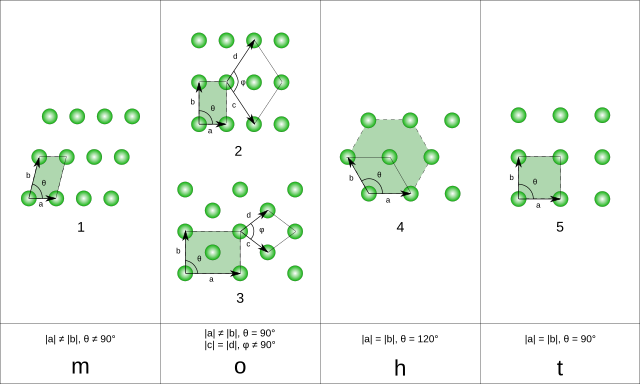Top Qs
Timeline
Chat
Perspective
Parallelogon
Polygon able to tessellate edge-to-edge, without rotation From Wikipedia, the free encyclopedia
Remove ads
In geometry, a parallelogon is a polygon with parallel opposite sides (hence the name) that can tile a plane by translation (rotation is not permitted).[1][2]


Parallelogons have four or six sides, opposite sides that are equal in length, and 180-degree rotational symmetry around the center.[1] A four-sided parallelogon is a parallelogram.
The three-dimensional analogue of a parallelogon is a parallelohedron. All faces of a parallelohedron are parallelogons.[2]
Remove ads
Two polygonal types
Quadrilateral and hexagonal parallelogons each have varied geometric symmetric forms. They all have central inversion symmetry, order 2. Every convex parallelogon is a zonogon, but hexagonal parallelogons enable the possibility of nonconvex polygons.
Remove ads
Geometric variations
A parallelogram can tile the plane as a distorted square tiling while a hexagonal parallelogon can tile the plane as a distorted regular hexagonal tiling.
Remove ads
References
External links
Wikiwand - on
Seamless Wikipedia browsing. On steroids.
Remove ads












